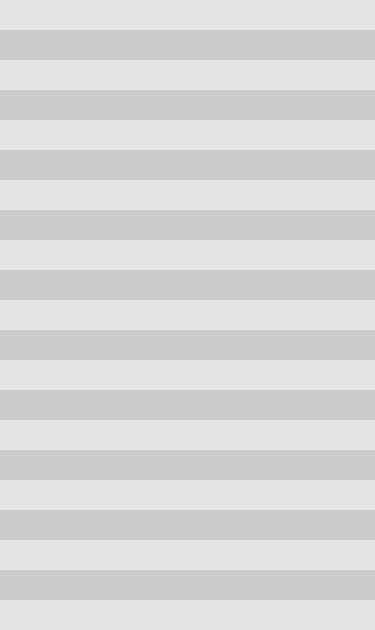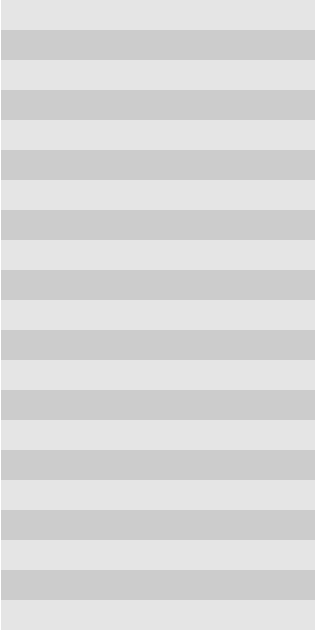

ULTRA REEF by Ultra Pompe S.r.l..
Via Carlo Goldoni 37
20090 Trezzano sul Naviglio (Milano - Italia)
P.IVA 00210510152
SDI t04zhr3












































What is a protein skimmer?
A protein skimmer is a mechanical filter that removes dissolved organic substances from the water in a marine aquarium, improving water quality and the health of the animals. It is essential in marine aquariums because by removing excess proteins before they decompose, it reduces the load on the biological filtration system and helps maintain the nitrogen cycle in balance. This helps ensure a healthy and stable environment with low levels of nitrates and phosphates.The Skimming Process
It works through "foam fractionation," a process that uses air bubbles to separate and eliminate impurities such as proteins, oils, food residues, and metabolic waste from the seawater. A pump mixes water and air, creating microbubbles that rise up through the skimmer column, capturing impurities and forming a dense foam that collects at the top and is collected in a cup to be emptied periodically.The Right Size
Choosing the right skimmer is crucial to ensure stability, efficiency, and longevity in your marine aquarium. Each tank has different needs, which is why our models are designed to fit various setups, volumes, and organic loads. Keep in mind that this table is just our recommendation, based on tests and years of experience. Ultimately, it is the expertise and judgment of the aquarium keeper that really makes the difference. The calculations are based on the metric system; gallon conversions are rounded.Don’t Overdo It
While a skimmer that is too small can be compensated by more careful feeding management, a skimmer that is too large works out of balance and becomes inefficient. In fact, if the organic load is too low, the skimmer may excessively deplete the water, making it unsuitable for soft corals, or worse, it may operate "intermittently," alternating between skimming moments and phases where it produces only clear water. This unstable behavior often causes the skimmer to "go crazy," requiring continuous adjustments and fluctuating water levels.Smart Aquarium
For those seeking simplicity and beauty with minimal maintenance. For those approaching marine aquaristics for the first time, this is a good selection criterion.Fish-Only Aquarium
A tank dedicated exclusively to marine fish, without corals. It offers greater flexibility in choosing species, including larger fish that require a substantial diet.Soft Coral Aquarium
Ideal for beginners, it includes hardy corals such as Zoanthus and Sarcophyton. It requires less light and tolerates small variations, offering colors and movement with ease.High-End Aquarium
For experienced aquarists seeking performance and precision.LPS Coral Aquarium
Ospita coralli a grande polipo (Large Polyp Stony), come Euphyllia, Acanthastrea e Caulastrea. Offrono colori vivaci e forme spettacolari, con un moderato grado di difficoltà nella gestione.SPS Coral Aquarium
For experienced aquarists, it hosts Small Polyp Stony (SPS) corals, such as Acropora and Montipora. These corals require extremely high stability of parameters, powerful lighting, and intense water movement. Suggested only with a high organic load. Densely populated aquariums, many fish, with abundant feeding. Suggested only with a low organic load. Aquariums with a small fish population, generally of modest size. Feeding is controlled, and water changes are frequent. Suggested only with a very low organic load. Sparsely populated aquariums, minimal feeding, regular water changes, and very careful nutrient management.
TECNOLOGY
ULTRA REEF by Ultra Pompe S.r.l..
Via Carlo Goldoni 37
20090 Trezzano sul Naviglio (Milano - Italia)
P.IVA 00210510152
SDI t04zhr3

TECNOLOGY







































































